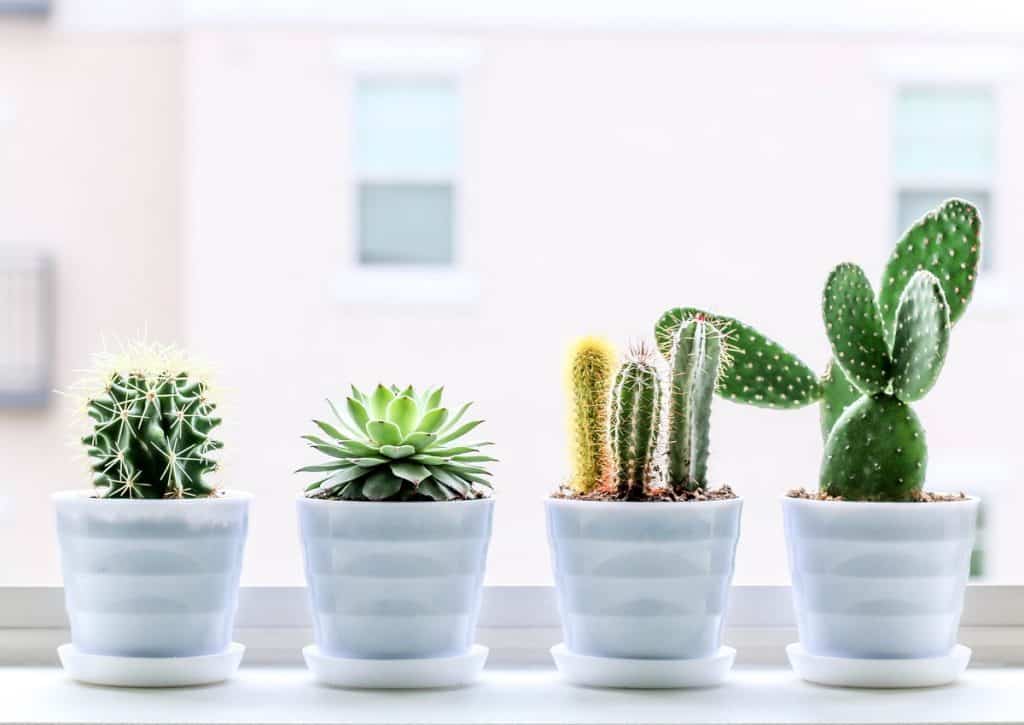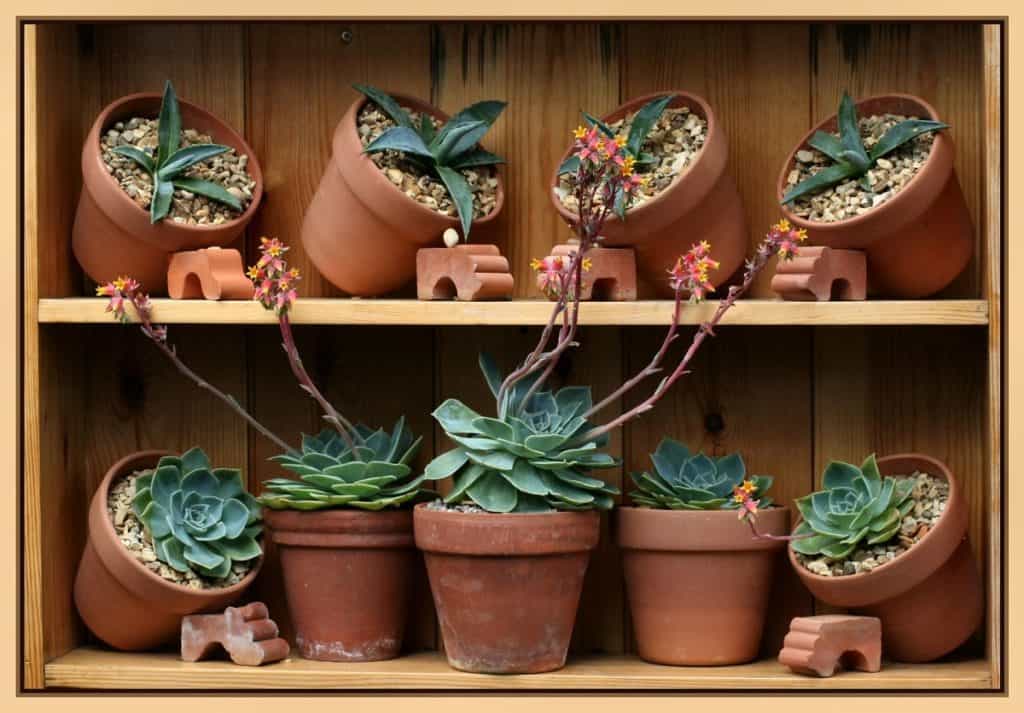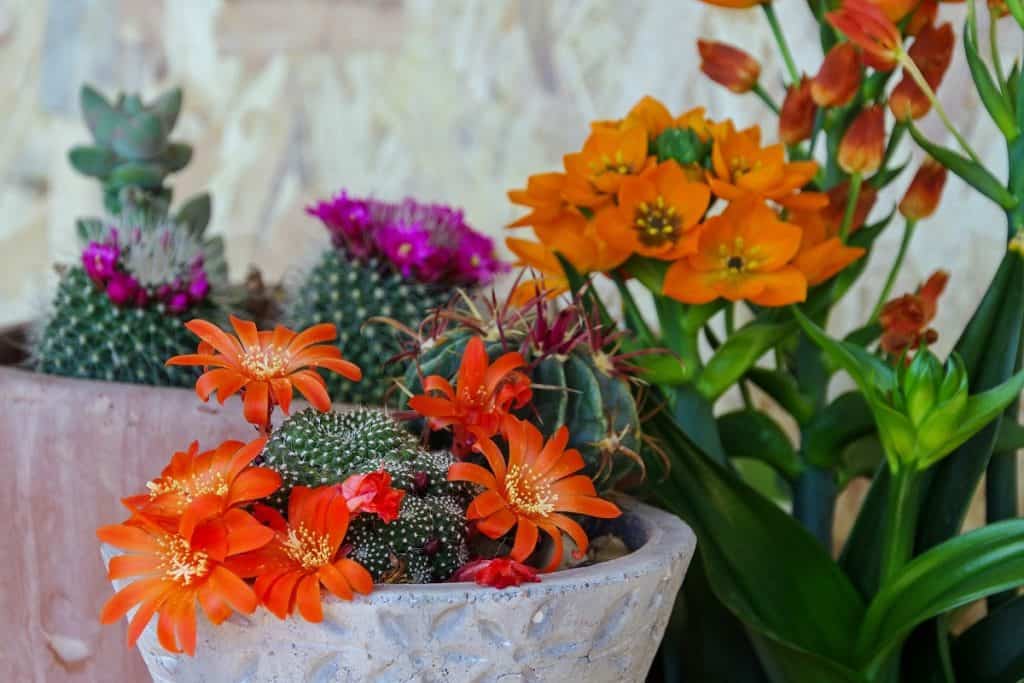A Quick Beginner’s Guide to Succulents
Succulents are plants that have adapted to arid climates and can store water in their leaves, stems, or roots. Because they don’t need much water, they’re the perfect plants for people who forget to water their plants or for those who live in dry environments. Toronto is a great place to keep succulents because the weather is often hot and dry in the summer. If you look at plants by https://flowercompany.ca, you can see many different succulents that would look great in any home or office. With their unique look, they’re sure to be a conversation starter.
There are many different types of succulents, and each one has its personality. Some succulents have spikes on their leaves while others have soft, furry leaves. Some succulents are small while others can grow very large. There are even succulent orchids!
If you want to add some life to your home or garden, consider adding some succulents. Here are several things you should know about keeping succulents in Toronto.

Watering
Succulents store water in their leaves, stems, or roots, so they don’t need to be watered very often meaning that overwatering is one of the most common ways to kill a succulent. When watering your succulent, make sure the soil is completely dry before you water it again. Depending on the type of succulent, you may only need to water it once a month or even less.
If you’re not sure when to water your succulent, check the leaves. If they’re looking wilted or wrinkled, it’s time to water them. Another way to tell if a succulent needs water is to touch the soil. If it feels dry, it’s time to water the plant.
When watering your succulent, be sure to use room-temperature water or distilled water, as cold water can shock the plant and cause the leaves to drop off.
For this reason, succulents are the perfect plants for those who forget to water their plants or for those who live in dry environments. They are also the perfect gift if you know someone who loves low-maintenance plants in Toronto.
Sizes and Colors
There is a succulent for every space, whether you have a large yard or a small windowsill. Some succulents are green, while others are purple, red, or even blue. There are also variegated succulents, which have two or more colors on their leaves.
Some succulents stay small, while others can grow to be quite large. If you’re looking for a succulent that will stay small, look for one with tight, compact leaves such as echeveria or sempervivum. If you have more space, consider a larger succulent such as kalanchoe or crassula.
Apart from other Toronto plants, succulents are not native to the city. The first succulents were brought to Toronto from other parts of the world, such as Europe, Asia, and Africa. In these parts, succulents can be found growing in deserts, mountains, and even rainforests and can grow in a variety of climates and much bigger than most plants in Toronto.
Lighting
Most succulents need bright, direct sunlight to grow. If you live in an apartment or another place without much natural light, you may need to supplement the light with grow lights. If you’re not sure if your succulent is getting enough light, check the leaves. If they’re looking pale or yellow, it’s a sign that the plant isn’t getting enough light.
Toronto succulents thus need east or west-facing windows. South-facing windows will provide the most light, but the leaves of the succulents may scorch in the hot summer sun. If you have north-facing windows, your succulents will need bright growth lights to thrive.
Additionally, the amount of light your succulent needs will change depending on the season. In the winter, when there is less natural light, your plant will need less light contrary to summer, when your succulent will need more light.
Soil
Most succulents need well-draining soil so that the roots don’t rot. A good way to test if your soil is well-draining is to stick your finger in the soil. If the water drains out quickly, the soil is well-draining. If the water stays on the surface or if the soil is soggy, it’s not well-draining and you may need to amend it.
There are a few ways to make sure your soil is well-draining. One way is to add sand or grit to the soil. Another way is to mix in some perlite or vermiculite. You can also make your succulent soil by mixing two parts potting soil with one part sand.
If you’re not sure what type of soil to use, a cactus mix or succulent mix will work well for most succulents Toronto-based. You can find these mixes at your local garden center or online, but do make sure to change the soil every year or so to provide your plant with the nutrients it needs to grow.
Fertilizing
Succulents don’t need to be fertilized very often, but they will benefit from a light fertilizer during the growing season. The best time to fertilize your Toronto succulent is in the spring when the plant is starting to grow.
You can use a succulent fertilizer or a cactus fertilizer, however, be sure to follow the directions on the package and don’t over-fertilize as this can burn the roots of the plant. You can also make your succulent fertilizer by mixing one part manure with ten parts water.
Pests and Diseases
Succulents in general and succulents in Toronto are relatively resistant to pests and diseases, but they can still be susceptible to mealybugs, aphids, scale, and fungal diseases. The best way to prevent these problems is to keep your plant healthy by giving it the proper care it needs.
One of the most common problems is mealybugs, which are small white insects that suck on the plant’s juices. Mealybugs can cause the plant to wilt and, in severe cases, can kill the plant. Mealybugs can be controlled by spraying the plant with a diluted solution of soap and water or by using an insecticide.
Another common problem is fungal diseases, which can cause the leaves of the plant to turn brown and rot. Fungal diseases are often caused by too much moisture, so it’s important to make sure your plant is in well-draining soil and isn’t being overwatered.
If you do notice any pests or diseases on your plant, be sure to act quickly and treat the plant with an insecticide or fungicide. You can also remove pests by hand using a cotton swab dipped in rubbing alcohol.
On the other hand, plants in Toronto often suffer from etiolation, which is when the plant stretches and becomes leggy due to insufficient light. If your plant is etiolated, give it more light and prune it back to encourage new growth.

Propagation
One of the best things about succulents is that they’re easy to propagate. This means that you can take a cutting from an existing plant and grow a new one.
To propagate a succulent, start by taking a cutting from the plant. The cutting should be at least 3-4 inches long and have a few leaves. Allow the cutting to callus over for a few days and then plant it in well-draining soil.
Be sure to water the cutting sparingly and only when the soil is dry. The cutting will root in a few weeks and a new plant will start to grow.
Of course, some types are easier to propagate than others, like echeveria and sedum, but with a little patience, you should be able to propagate just about any succulent.
Winter Care
While succulents are generally pretty hardy, they can suffer in the winter if they’re not properly cared for. The main thing you need to do is protect your plant from the Canadian cold and make sure it doesn’t freeze. So, bring your plant indoors or into a greenhouse. If you can’t do this, and the plant needs to stay outside, then you need to take some precautions to make sure your plant doesn’t freeze.
The first thing you need to do is stop watering your plant about a month before the first frost. This will allow the plant to go into dormancy and it won’t need as much water.
Next, you need to insulate your plant by wrapping it in bubble wrap or burlap. This will help protect it from the cold weather.
Finally, you should place your plant in a spot where it will get some protection from the wind.
By following these steps, you can make sure your succulent survives the winter and is ready to thrive in the spring.
Repotting
Succulents will need to be repotted every few years as they grow, and the best time to repot your Toronto succulent is in the spring before it starts to actively grow.
When repotting, be sure to use a well-draining potting mix and a pot with drainage holes. You can also add some rocks or gravel to the bottom of the pot to help with drainage.
To repot your plant, gently remove it from the old pot and shake off any excess soil. Place it in the new pot and fill it around the plant with a potting mix. Water the plant well and then place it in a bright spot.
Types of Succulents
There are a few different types of succulents that do well as Toronto plants, including:
- Echeveria
- Sempervivum
- Sedum
- Crassula
- Kalanchoe
- Aloe
These are just a few of the most popular succulents, but there are many more to choose from. When selecting a plant, be sure to choose one that is appropriate for your level of care and experience.
For instance, aloe vera is a type of succulent that is easy to care for, while crassula is a bit more difficult. Additionally, some plants, like echeveria, can be sensitive to cold weather in Toronto and should be brought indoors during the winter.
If you want to collect a variety of succulents, then sedum is a good choice because it comes in many different varieties and colors.
Succulent Orchids
One type of succulent that is particularly popular in Toronto is the succulent orchid. These plants are hybrids of orchids and succulents, and they’re known for their beautiful flowers.
While they may look delicate, succulent orchids are quite tough and can survive in a range of conditions. However, they do need a bit more care than other succulents.
Succulent orchids need to be planted in well-draining soil and should be fertilized regularly. They also require more watering than other succulents, but the soil should be allowed to dry out between waterings.
On the other hand, succulent orchids are less sensitive to cold weather than other orchids and can even be kept outside, among other Toronto plants during the winter.
Getting Along with Other Plants
If you’re growing plants in Toronto, then you need to be aware of the fact that they can sometimes be aggressive growers, meaning that they can crowd out other plants if they’re not kept in check.
For example, aloe vera is known for being an aggressive grower, so it’s best to plant it alone or with other succulents that won’t be overrun by its growth.
If you want to plant succulents together with other plants, then sedum is a good choice because it grows slowly and isn’t known for being aggressive.
However, the best way to avoid having your Toronto succulents take over your garden is to plant them in pots or containers. This way, you can control their growth and keep them from spreading too much.
Buying Succulents
If you’re looking to buy succulents in Toronto, then there are a few places you can check out. Local nurseries and plant stores are always a good option, and you can also find succulents online.
However, when buying succulents online, be sure to read the descriptions carefully so that you know what you’re getting. For instance, some plants may be shipped bare roots, which means they won’t have any soil around their roots.

Succulents make great plants for Toronto because they can tolerate a variety of conditions and are relatively easy to care for. There are many different types of succulents to choose from, so you can find one that is perfect for your level of experience and care.
Additionally, succulents come in a variety of colors and shapes, making them an interesting addition to any garden or landscape. If you’re looking to buy succulents in Toronto, then there are a few places you can check out. Local nurseries and plant stores are always a good option, and you can also find succulents online.
